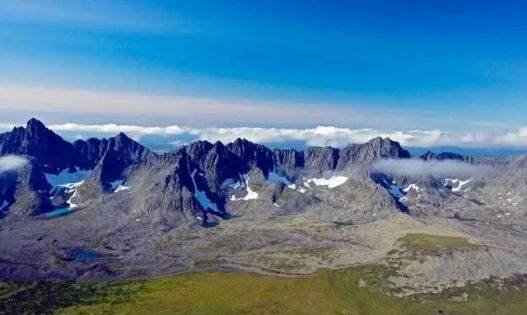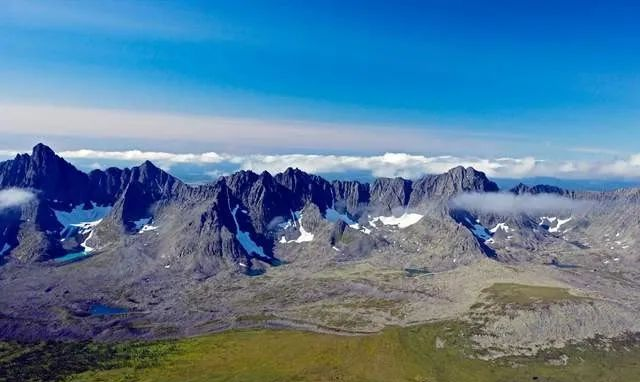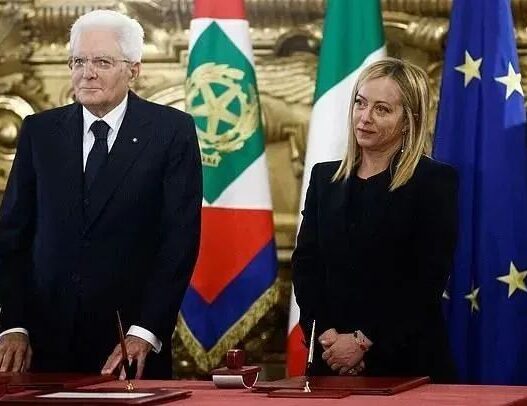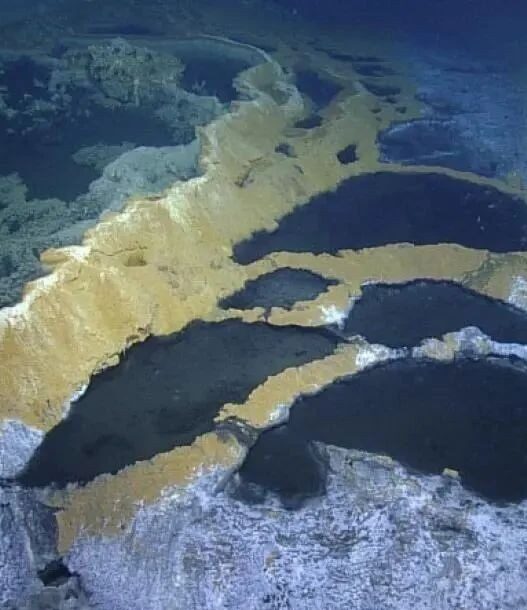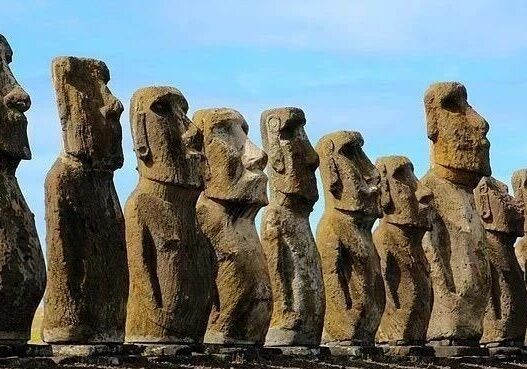The Ural Mountains stretch from the Arctic Ocean in the north to the Ural River in the south, crossing through western Russia. They are considered the physical boundary between Asia and Europe. The mountains are valuable not only for their vast natural resources, such as coal, metal ores, and gemstones, but also for their historical and archaeological significance.
Ancient Artifacts in the Ural Mountains
The Ural Mountains are famous not just for their resources but for their rich history and fascinating ancient artifacts. One of the most intriguing discoveries is the Ural petroglyphs, a form of rock art believed to be over 5000 years old. These petroglyphs contain remarkable information that has sparked theories about an advanced civilization that might have lived in these mountains long ago.
Discovery in the 17th Century
The Ural petroglyphs were discovered in the 17th century, during the reign of Peter the Great. Peter, who ruled Russia from 1696 to 1725, is credited with helping modernize the country. Some sources suggest that Peter the Great had local clerks copy the petroglyphs for further study. However, this claim hasn’t been fully verified, and it’s unclear how many petroglyphs were actually observed at the time. Today, we know the petroglyphs span over 800 kilometers.
Where Are the Petroglyphs Found?
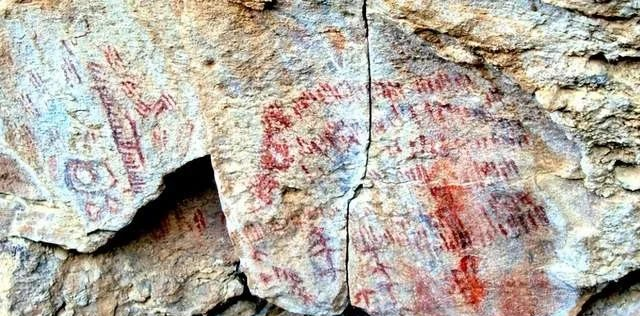
These petroglyphs, known as Ural hieroglyphs, are found along the banks of several rivers, including the Tagil River, Neiva River, Ural River, and Rezh River. They are painted in various colors, from light purple to dark brown. Researchers believe they were created using a mixture of ochre (a natural brown pigment) and blood. The ratio of the two ingredients varied, which produced different shades. More blood would create a redder pigment, while more ochre would result in a lighter brown.
The Depictions in the Petroglyphs
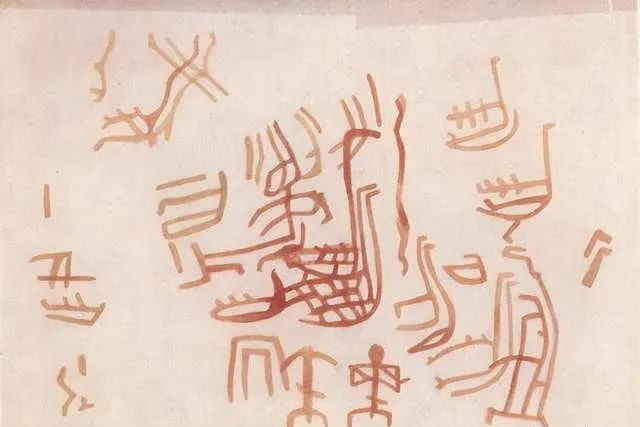
The petroglyphs depict a wide variety of animals, including birds, moose, snakes, and deer. Some of the images are very detailed and even show anatomical features like animal bones and organs. These might have been used to help hunters with dissection or possibly as demonstrations for treating injured animals. The petroglyphs could have been an early method of recording scientific observations of animal anatomy.
Behind the animals, there are images of humans and their hunting tools. Interestingly, there is little evidence suggesting that fishing equipment was used, despite the presence of waterways. Among the many petroglyphs of humans and animals in the Ural Mountains, there is not a single depiction of fish. A few symbols might represent fishing nets, but this remains unconfirmed.
The Strange Geometric Figures in the Petroglyphs
Perhaps the most fascinating images in the Ural petroglyphs are not of humans, animals, or weapons, but of geometric shapes. These shapes include interconnecting pentagons, hexagons, and various other forms and lines. Modern researchers have found that these geometric images resemble the chemical structures of certain elements and compounds.
Vladimir Avensky’s Research
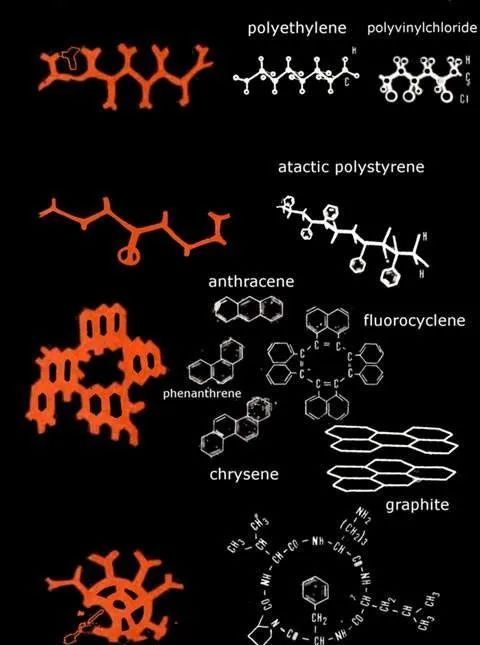
Vladimir Avensky, a Russian expert in atomic, molecular, and optical physics, started studying the Ural petroglyphs and compared them with existing chemical structures. He found remarkable similarities between the shapes in the petroglyphs and the chain structures, polygons, and other shapes used in organic chemistry.
One shape that frequently appears in the petroglyphs is a “honeycomb” structure. Some people argue that these could be depictions of real beehives, but others, like Avensky, believe they represent chemical structures.
The Mystery of Chemical Knowledge
Although the Ural petroglyphs seem to depict chemical structures, it is unclear how the ancient people knew the chemical composition of these compounds. To date, there is little evidence explaining how people in ancient Russia, over 5000 years ago, could have known these chemical formulas. Some chemists and archaeologists have theorized that ancient civilizations might have had advanced knowledge far beyond what we currently understand. Others, including Avensky, suggest that this knowledge might have come from extraterrestrial visitors who shared this information with the native people.
Strange Chemical Compounds in the Petroglyphs
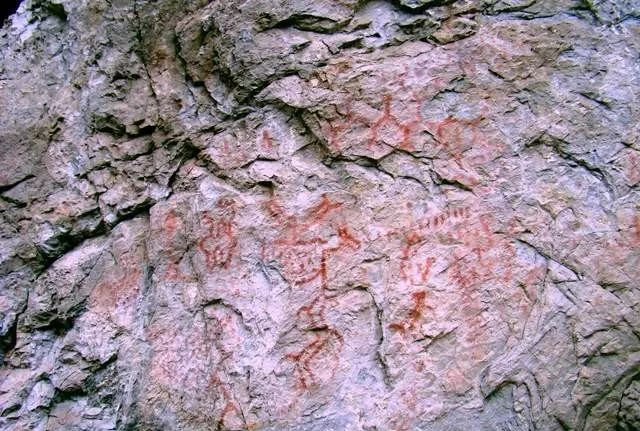
The petroglyphs show various polygonal structures along the 800 kilometers of artwork. Some of the clearest and most unusual images bear a striking resemblance to the chemical compositions of common compounds. Among these compounds are polyethylene, polystyrene, graphite, and gramicidin S. There is also evidence of compounds like anthracene, kerosene, and fluorocyclene.
These compounds are interesting in their uses. Graphite has historically been used as a writing material and in the production of weapons and fire-resistant materials. Today, it is used in lithium-ion batteries, graphene technology, and semiconductors. Polyethylene, the most common plastic in the world, is used in many everyday items, including plastic bags, fuel containers, and water bottles. Gramicidin S is a common antibiotic that kills both Gram-positive and Gram-negative bacteria. It also kills some fungi.
Could Ancient People Have Used These Compounds?
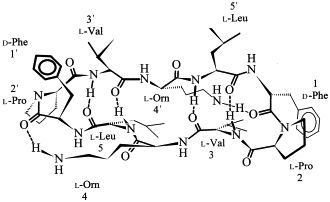
If the indigenous people of the Ural Mountains understood the chemical compositions of these compounds, they might have used them in their technology. Graphite could have been used for writing tools or advanced technology; polyethylene could have been used to create everyday objects; and gramicidin S could have been used to treat bacterial and fungal infections.
The Ural Peoples: Ordinary Humans or Ancient Geniuses?
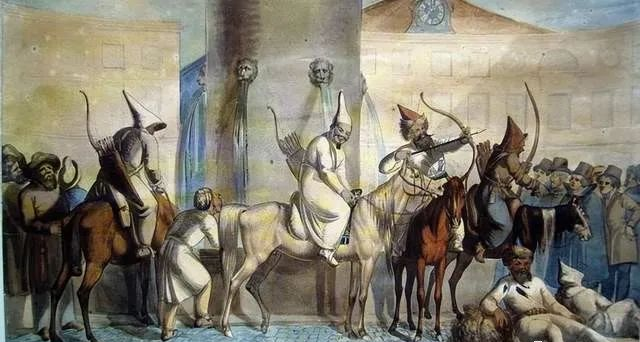
The indigenous people who lived in the Ural Mountains when the petroglyphs were created were part of several different groups. In the northern part of the mountains, the Nenets lived, while the Komi, Mansi, and Khanty people lived in the central and southern regions. The largest group, the Bashkirs, lived in the southernmost part of the mountains.
Today, these groups have largely settled, though the northernmost groups still live traditionally, based on fishing, hunting, and reindeer herding. These indigenous groups now make up about one-fifth of the population in the Ural region, while the remaining four-fifths are made up of modern Russians.
Could the Ancient Ural People Have Known Chemical Structures?
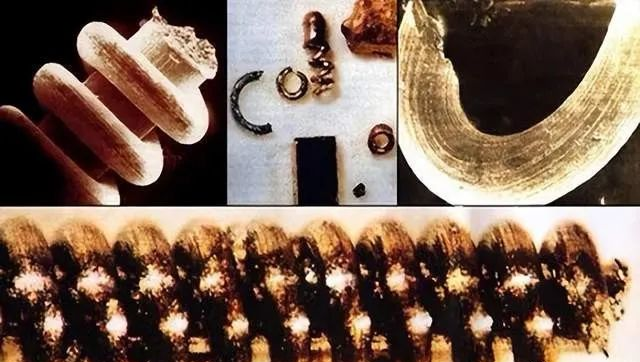
Considering the vast resources in the Ural Mountains, it’s possible that ancient Ural peoples used these compounds in their architecture and trade. If they understood the materials they were using, it would have helped them develop new tools and resources. However, there is no concrete evidence that they had the ability to identify these chemical compositions.
Extraterrestrial Technology or Ancient Wisdom?

In the early 1990s, a group of archaeologists discovered interesting nanostructures in the Ural Mountains. These nanostructures, composed of copper, tungsten, and molybdenum, were believed to be nearly 300,000 years old. Their complex design, including coils, shafts, and spirals, made researchers believe they were machine-made and couldn’t have naturally occurred in nature. The depth at which these structures were found indicated they were far older than anything related to recent technological developments.
This discovery led to further debate. Some believe these nanostructures are evidence of more advanced technology in the Ural Mountains than previously thought. Others argue they are proof of extraterrestrial visitations.
Conclusion: Alien Relics or Human Masterpieces?
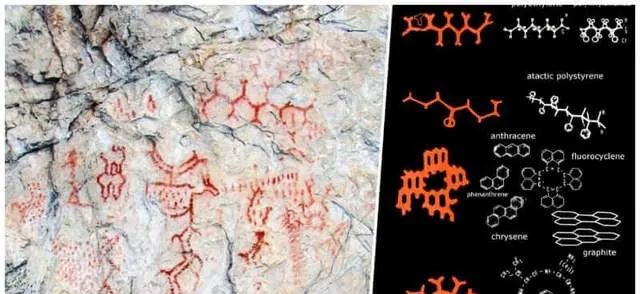
Are the Ural petroglyphs signs of extraterrestrial encounters on Earth? Or do they represent a lost civilization with advanced scientific knowledge? Perhaps they are simply the early abstract art of a native artist fascinated by geometry and shapes. With limited evidence, we may never know the full truth behind the Ural petroglyphs. However, future research may provide more clues about these intriguing discoveries.







